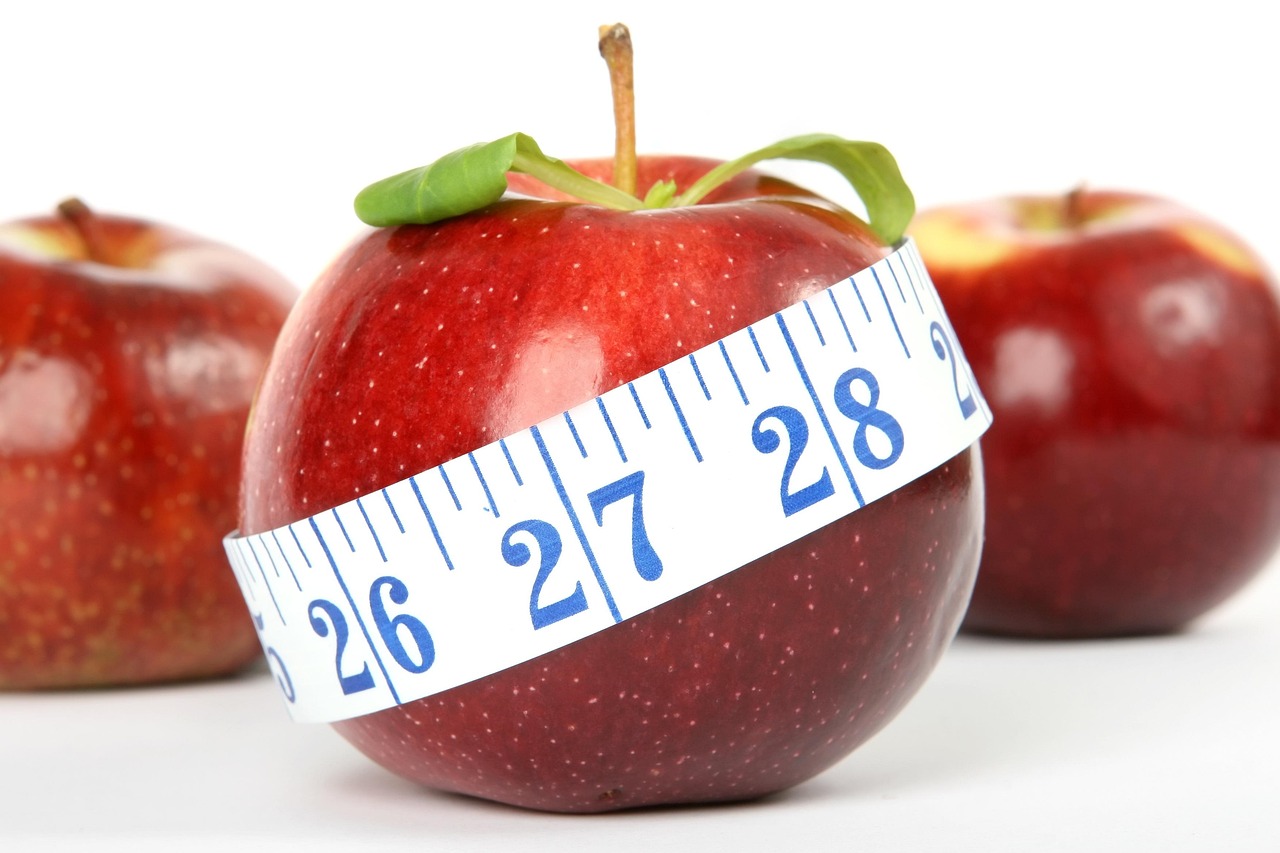Step-by-Step Method to Track Daily Macronutrients
Learn a practical, stepwise approach to tracking daily macronutrients with clear guidance on portions, calorie estimates, ingredient conversion, and mealtracking. This short overview explains why macronutrient tracking supports balanced nutrition and how a simple food calculator can help estimate energy needs and portions for consistent mealplanning.

Tracking macronutrients daily becomes manageable when you use a clear method that combines portionestimation, simple ingredientconversion, and consistent mealtracking. This article lays out a practical sequence of steps to estimate calories, monitor macronutrients (carbohydrates, proteins, fats), and account for micronutrients where relevant. The focus is on realistic portioncontrol and recipeadjustment so mealplanning matches your energyneeds and dietarygoals.
This article is for informational purposes only and should not be considered medical advice. Please consult a qualified healthcare professional for personalized guidance and treatment.
How do I estimate portions and servingsizes?
Begin with visual and measurable cues for portions. Learn common servingsizes such as a palm-sized portion of protein, a cupped hand of carbs, or a thumb-sized serving of fats for quick portionestimation on the go. For more accuracy, use a digital kitchen scale and measuring cups when possible: record the gram weight for each ingredient and convert that into standard servings using nutrition labels or a food database. Regularly practicing portion control improves consistency in mealtracking and helps align intake with dietarygoals.
If you rely on packaged foods, check the label for standard servingsize data and note calories and grams of macronutrients. For whole foods, track the raw weight and then calculate cooked weights or volume changes with a simple conversion method.
How to calculate calories and macronutrients?
Identify the calories and macronutrient breakdown for each ingredient: carbohydrates and protein provide about 4 calories per gram, while fat provides about 9 calories per gram. Sum the grams of each macronutrient across your meal to get total macronutrients and multiply by the calorie-per-gram values to estimate total calories. This step ties foodmetrics to energyneeds and highlights which meals are carb-heavy, protein-focused, or high in fat.
Keep a running daily log that shows calories alongside grams of carbs, protein, and fat to see patterns. This helps with recipeadjustment if a meal is too high or low in a particular macronutrient relative to your dietarygoals.
How to use ingredient conversion and foodmetrics?
Ingredientconversion turns household measures into weights or macro values. A teaspoon of oil, a cup of cooked rice, or a medium apple each corresponds to typical gram values listed in food databases. Use conversion tables or the nutrition facts on product labels to translate servingsizes into grams and macronutrient amounts. Foodmetrics such as density and water loss during cooking can change final weights—record cooked weights when possible for consistent mealtracking.
If you use a food calculator, enter raw or cooked weights consistently and note how conversion affects macronutrient totals. Over time, this builds a personalized conversion reference for your favorite meals.
How to handle recipeadjustment and portioncontrol?
When a recipe yields more calories or macronutrients than desired, apply simple recipeadjustment techniques: reduce high-fat ingredients, increase low-calorie-volume foods like vegetables, or split servings into smaller portions. Calculate the macros per serving by dividing total recipe macros by the number of servings to understand per-plate values. Portioncontrol can be reinforced by pre-portioning meals into containers based on calculated servingsizes.
Track how adjustments change both energy content and macronutrient balance. Small, consistent changes—like swapping an ingredient or trimming portion size—often produce sustainable improvements in meeting dietarygoals without drastic diet changes.
How to integrate mealplanning, mealtracking, and dietarygoals?
Use weekly mealplanning to spread macronutrients across the day in line with your energyneeds. Decide target macro ranges (e.g., percent of daily calories from carbs, protein, fat) that match your goals, then plan meals that fit those proportions. Mealtracking throughout the day helps verify whether planned ratios are being met and highlights where micro-level changes are needed.
Include micronutrients in the review stage: ensure varied foods provide fiber, vitamins, and minerals. If a specific micronutrient is a concern, consult a professional for guidance on adjustments and possible supplementation.
How to maintain accuracy with foodmetrics and mealtracking?
Consistency is essential: use the same measurement method (raw vs cooked weight), log items promptly, and update your conversion notes as you refine recipes. Periodically audit your logs by weighing typical portions and comparing them to your recorded servingsizes; small systematic errors can be corrected with this approach. Tracking trends over weeks rather than obsessing over single-day fluctuations gives a clearer picture of progress toward dietarygoals.
Conclusion
A step-by-step routine that combines portion estimation, reliable ingredient conversion, careful calorie and macronutrient calculation, and consistent mealtracking creates a practical framework for managing daily nutrition. By applying recipeadjustment and portioncontrol with a focus on energyneeds and foodmetrics, you can align everyday meals with your dietarygoals while maintaining flexibility and variety.




